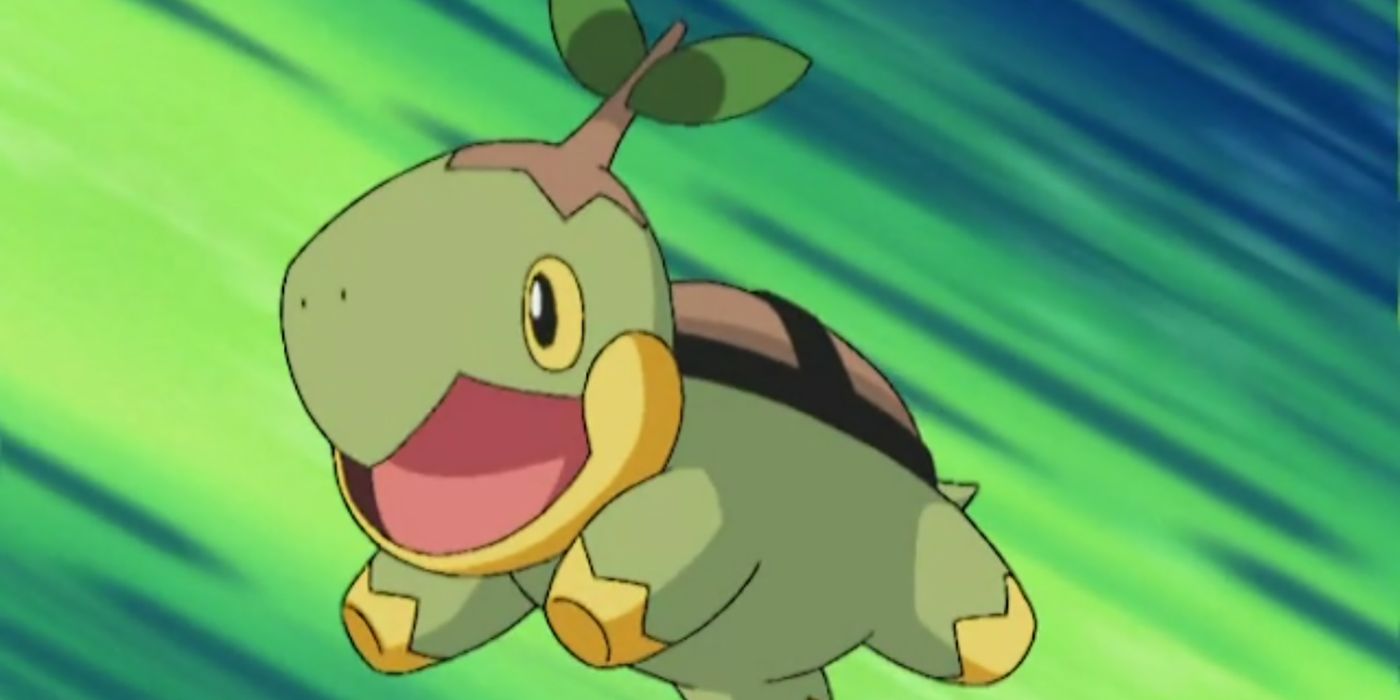
Pokémon Diamond, Pearl, and Platinum all belong to the fourth generation of the beloved children's video game franchise, and like all the other Pokémon games, they have a huge amount of fans around around the world. Like every generation of Pokémon, Generation IV had its ups and downs. Pokémon is a broad enough experience that it can cater to serious, competitive players and casual fans at the same time, and the kinds of Pokémon each generation introduces reflects that. Not every Pokémon has to prove itself worthy in battle-- some are clearly there just to be cute and fun.
Still, it's worthwhile to compile a list of just which Pokémon are worth catching, and which aren't. We're giving you our picks for the Pokémon you should simply avoid and the Pokémon that have value you might have overlooked. Maybe you didn't give a Pokémon a chance because you didn't like how it looked. Maybe you thought any legendary was guaranteed to be a boss in battle. Whatever the case, we're here to correct some misconceptions about Gen IV Pokémon.
For our criteria, we're not only taking into account a Pokémon's usefulness in the Gen IV games, we're also looking at its presence (and its final evolution's presence, as the case may be) in the competitive metagame to this day. Remember: none of this is to say that you're wrong for liking or disliking these Pokémon.
This is 10 Gen IV Pokémon No One Should Catch (And 10 That Are Underrated).
20 Avoid: Bidoof
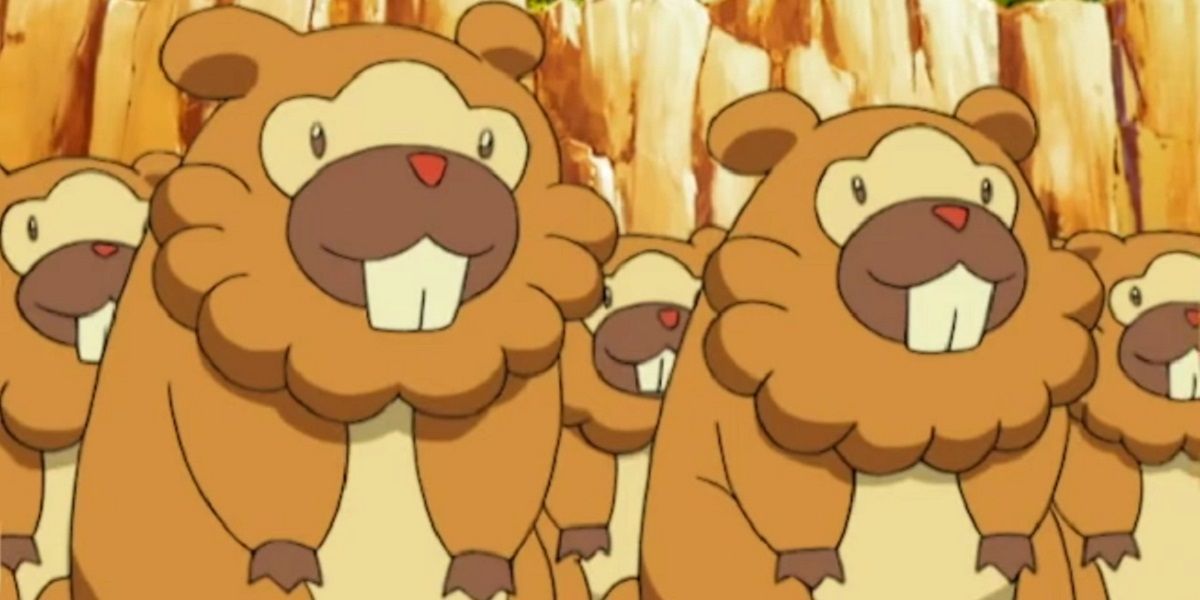
Every generation of Pokémon games has its own personal version of Rattata, essentially rodents and vermin that crowd the starter areas and are generally useless in battle. Generation IV's Rattata is Bidoof, a cute little beaver that evolves into a slightly larger beaver (Bibarel) at level 15.
Basically, the only reason to catch a Bidoof is to fill out your Pokédex.
While Bibarel might have an advantage on Raticate thanks to not being a basic Normal Pokémon (it's Normal/Water), it falls considerably short when compared to pretty much any other Pokémon from the fourth generation. Bidoof might be cute, but its low stats and uninspiring moveset make it an easy Pokémon to leave behind.
19 Underrated: Weavile
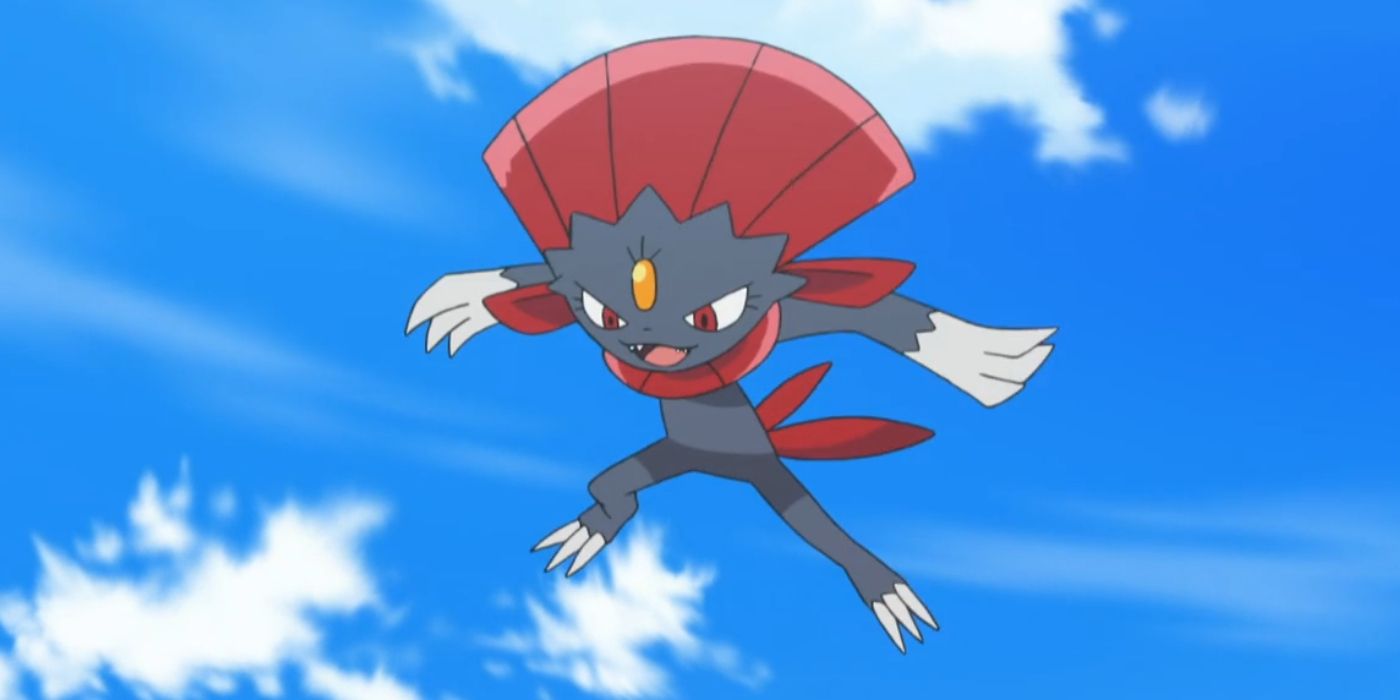
Sometimes, all you need in battle is a good glass cannon. Pokémon fans had caught Sneasel in a previous generation of games, and while we loved its look, its stats just weren't at the necessary level for competitive battle. Enter Weavile in Generation IV, the powered up improvement on Sneasel.
Weavile's stellar offensive stat line complemented its typing (Dark/Ice), improving on Sneasel's potential. Ice, while one of the worst defensive types, is one of the most powerful offensive types, and Weavile's Attack and Speed make great use of these moves. Weavile is a force on competitive teams to this day, but players who were only familiar with Sneasel might never have guessed.
18 Avoid: Pachirisu
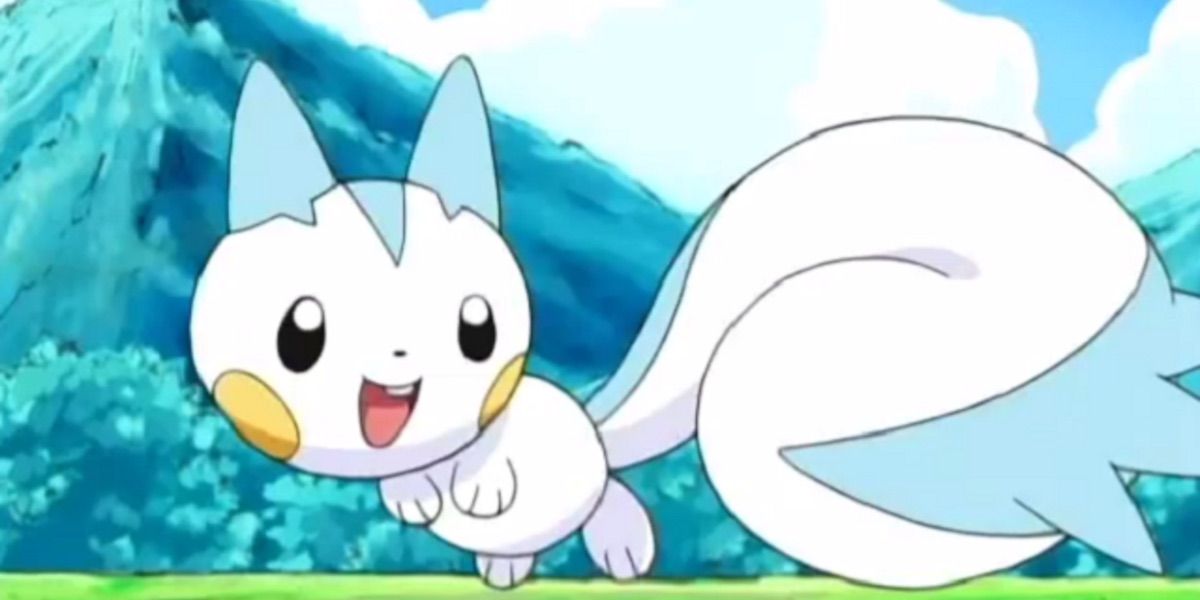
At this point, you would think the designers behind the Pokémon games would think enough is enough and stop making new electric rodents. Pachirisu is just another in a long line of Pokémon that tries to cash in on Pikachu's appeal without ever giving the original a run for its money.
Much like Dedenne, Emolga, Plusle, and Minun, Pachirisu is another cute Electric-type with mediocre stats.
Unlike some of the other electric rodents, Pachirisu doesn't even have a second type, making it even less interesting. There are always better Electric types to be found, and trainers in Pokémon Diamond, Pearl, and Platinum would be best advised to just leave Pachirisu to languish in a box.
17 Underrated: Azelf
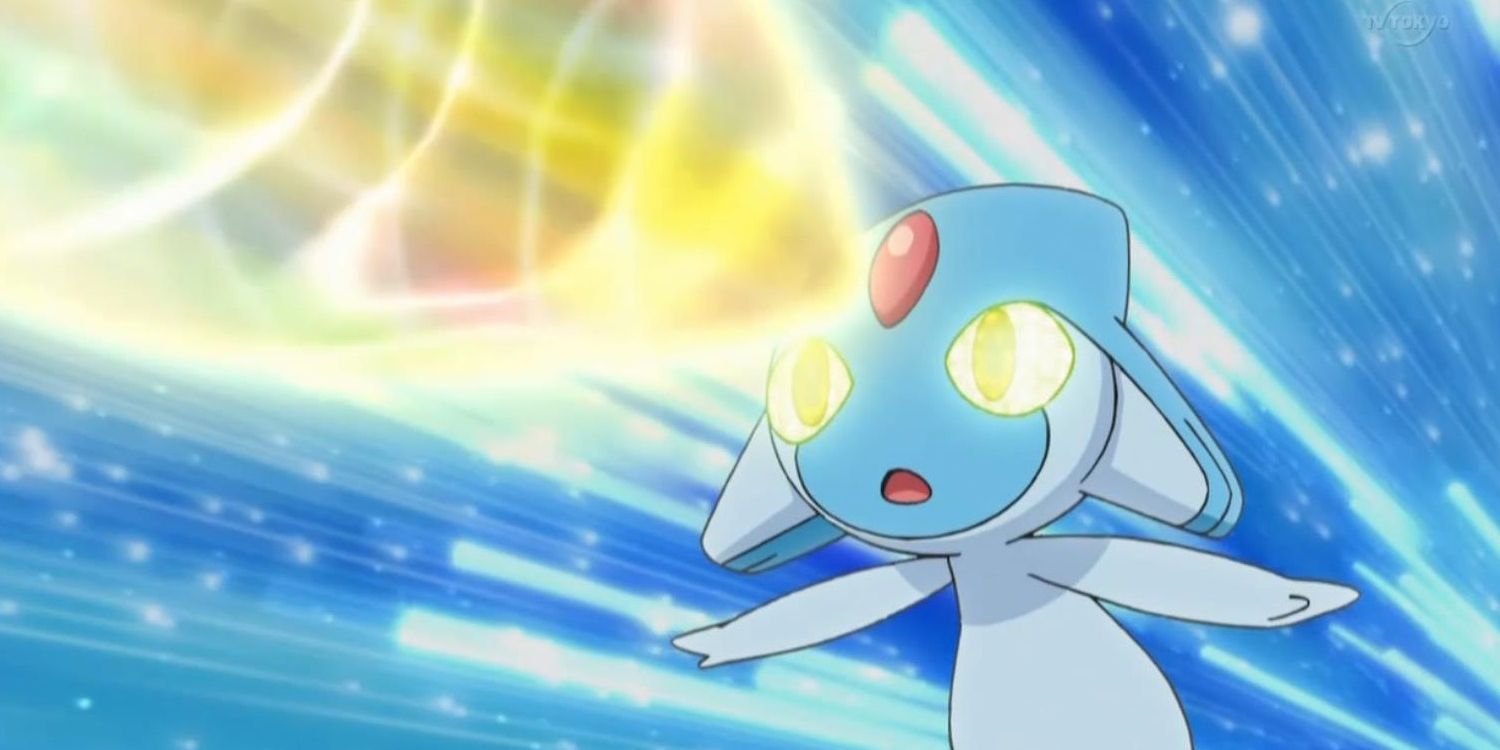
Ordinarily we wouldn't feel the need to put a legendary Pokémon in the "underrated" category, as legendary Pokémon tend to have wildly overpowered stat lines and movesets in comparison to normal Pokémon. Azelf, however, is an exception thanks to the company it keeps. One of the Psychic-type lake guardians, Azelf comes in a set of three with Mesprit and Uxie.
Mesprit and Uxie aren't the worst legendaries to come from Generation IV, but they leave a lot to be desired, with mediocre stats and moves that just don't live up to the standard set by other legendary Pokémon. Azelf can be underrated because of this. It has a fearsome offensive stat line and a surprisingly diverse move pool, allowing it serve in several roles in competitive play.
16 Avoid: Mime Jr.
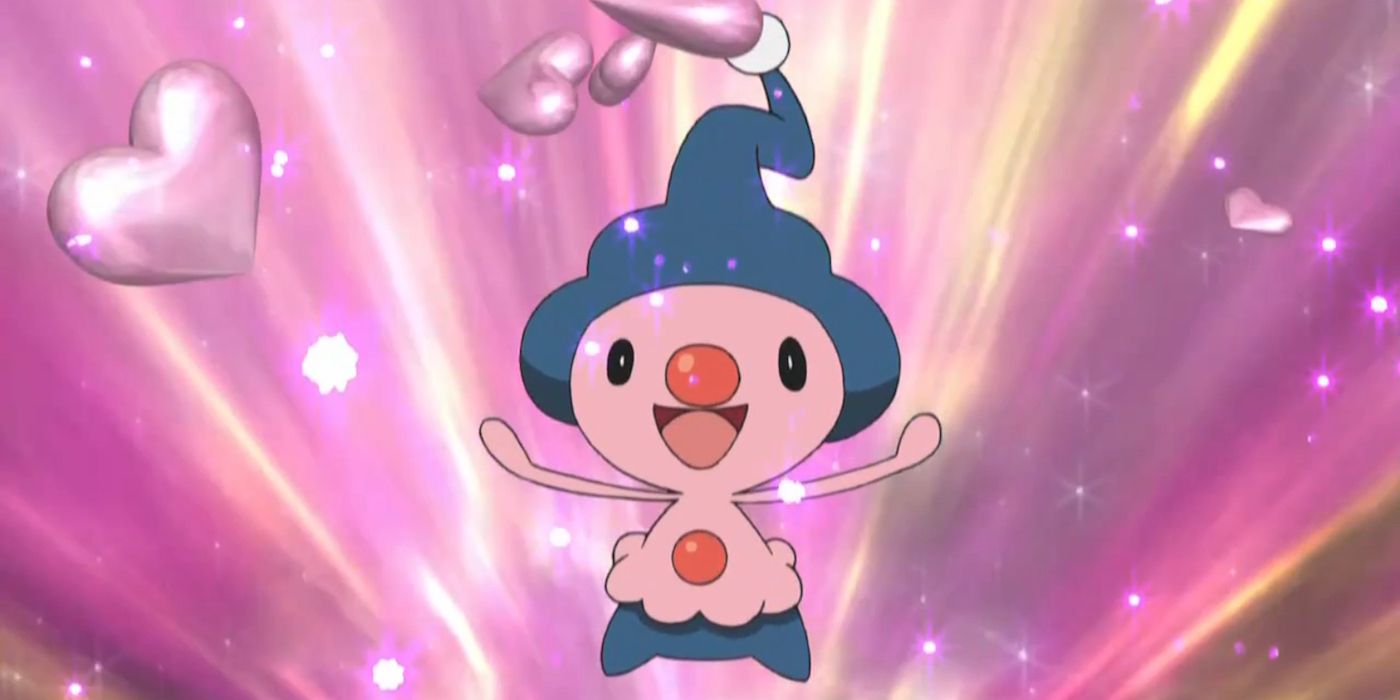
Generation IV was known for the addition of several "baby" Pokémon, cute pre-evolutions added to existing Pokémon. Alongside adorable new babies like Happiny and Munchlax, however, there were bound to be a few that didn't really stand out. One of those is Mime Jr, the baby Pokémon for Mr. Mime.
Seriously, who wanted a baby version of Mr. Mime?
The purpose of a baby Pokémon is to be cute and build previous Pokémon's designs, so you want the original Pokémon to have a good look. Mr. Mimes are the opposite to this, as their design is reminiscent of mimes and clowns, more suitable for creepy encounters and comic relief than anything else.
15 Underrated: Chatot
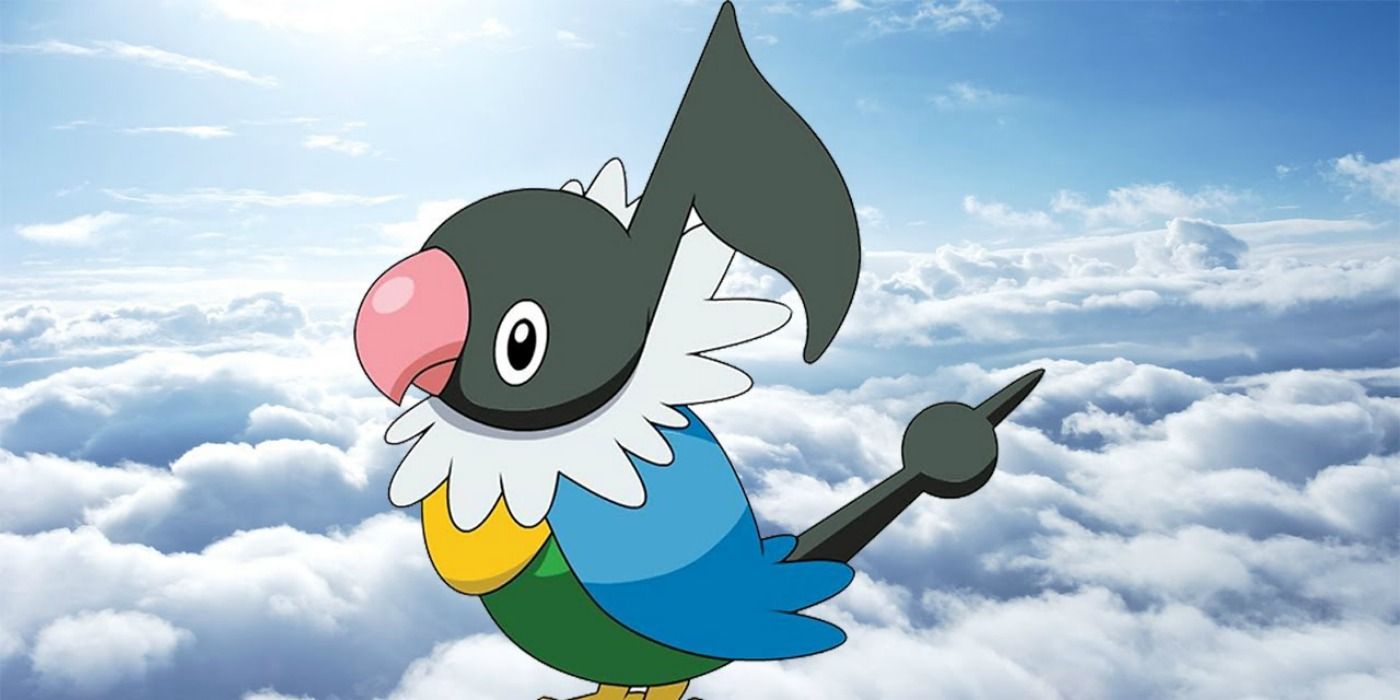
At first glance, Chatot seems like a fairly underwhelming Pokémon. A small bird with no further evolution and a low base stat total, Chatot is typically outperformed by a variety of other Flying-type Pokémon. However, Chatot boasts a couple of moves that improve its usability greatly, especially in Generation IV's games.
Chatot is the only Pokémon in the game that can learn Chatter, a Flying-type move that simultaneously damages and confuses the opponent. Chatot's stats aren't great, but its Speed and Special Attack are decent, meaning it can hurt and confuse its enemy before it gets a chance to do anything. On top of that, Chatot can also learn Boomburst, an extremely powerful Normal move, giving it great potential to annoy your foes.
14 Avoid: Turtwig

Every new generation of Pokémon games brings a new batch of starter Pokémon.
Every group of starters is going to have one that just isn't as good as the other two.
For the fourth generation of Pokémon games, that Pokémon is Turtwig, which evolves into Grotle and eventually the Grass/Ground behemoth Torterra. Turtwig is a cute, likable Pokémon, but in terms of battle strength its final evolution is outclassed by the likes of Infernape and Empoleon.
Fire/Fighting and Water/Steel are just better typings than Grass/Ground, and Torterra's bulky stat line doesn't make up for it. Trainers are better advised to take Chimchar or Piplup at the beginning of the game instead.
13 Underrated: Shellos
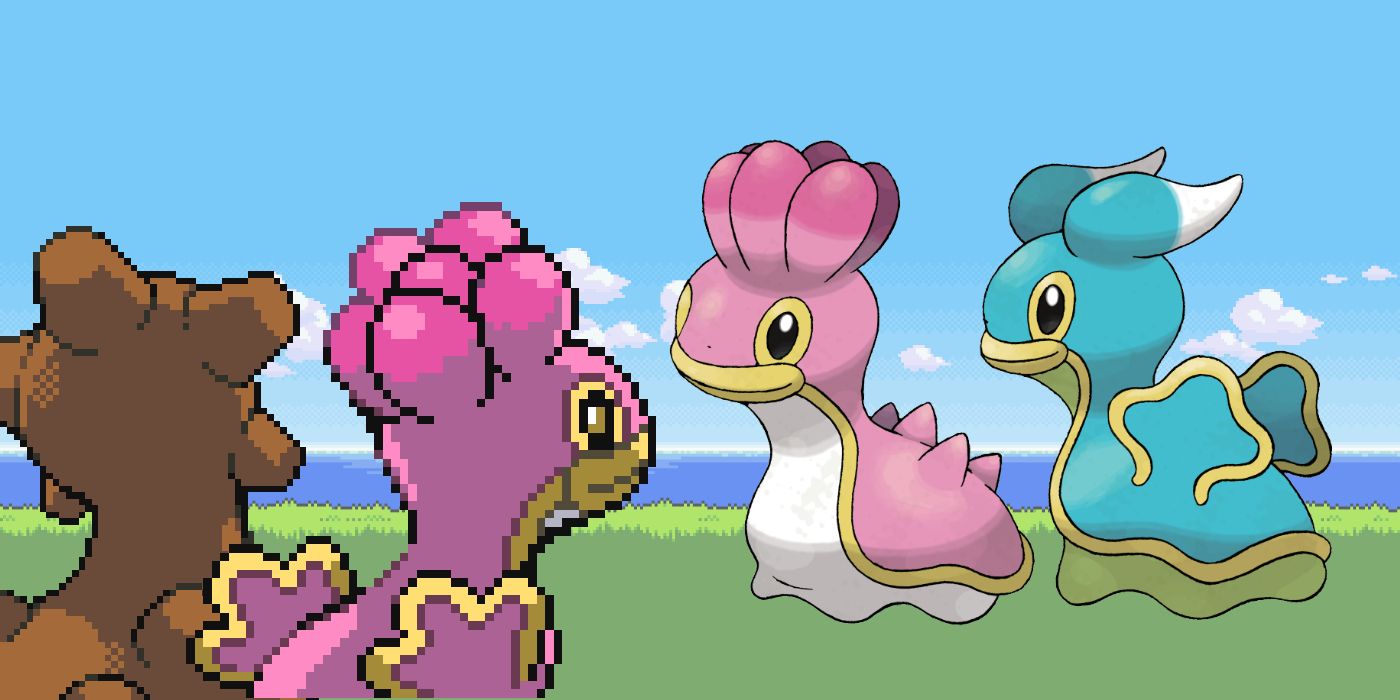
Shellos may not look like much aside, but that exterior hides a defensive giant. Shellos can be found in Sinnoh's mountains, in one of two color schemes, and is a simple Water Pokémon at the start. But at level 30, it evolves into Gastrodon, which boasts the coveted Water/Ground type combination, meaning it only has one type weakness in the game.
Gastrodon isn't used much in competitive play, as Water/Ground-types from other generations tend to beat it out for a spot on teams), but it is still an incredibly useful team member in Pokémon Diamond, Pearl, and Platinum. Any defensive Pokémon with just one weakness (a double weakness to Grass) is a boon to your team, and Shellos evolves into just that.
12 Avoid: Regigigas
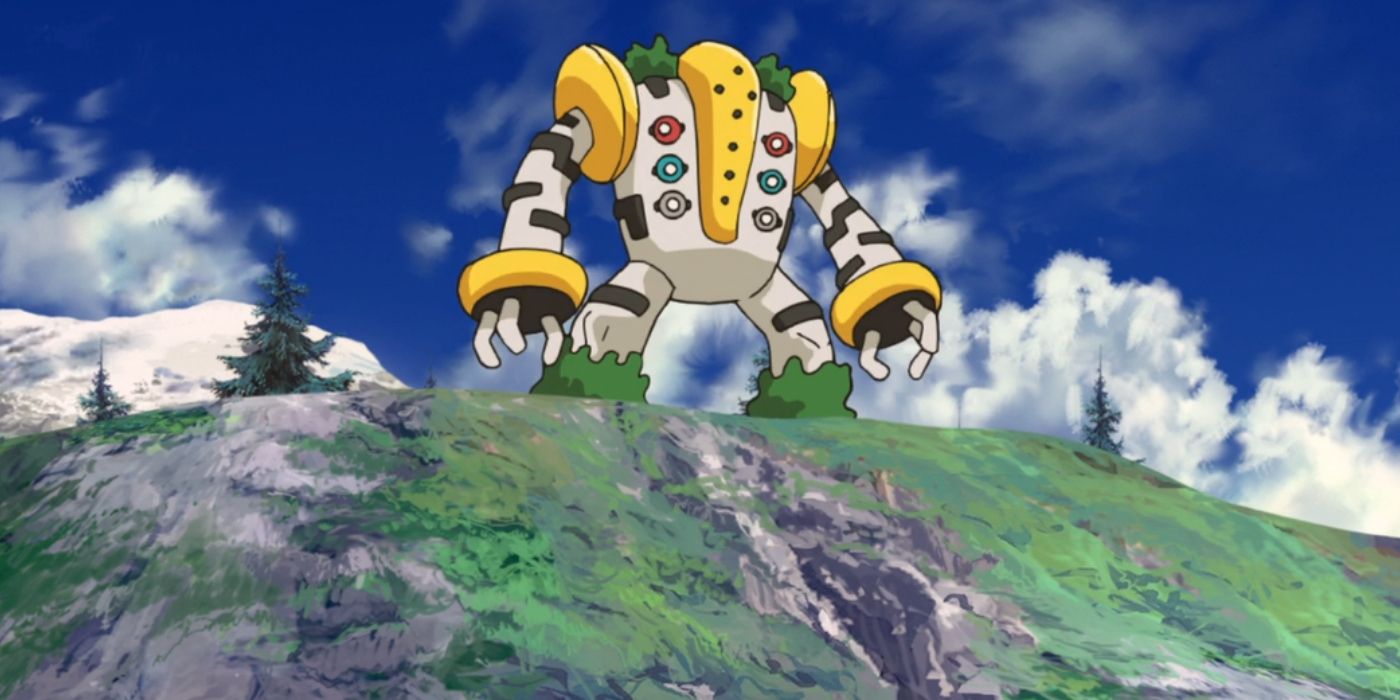
It might surprise you that a legendary Pokémon finds itself on the bad side of this list, but anybody familiar with Regigigas will most likely agree. At first glance, its incredibly high base stats would seem to make it a monster. Its ability is designed to make it weaker, and it does its job too well.
Regigigas' ability is Slow Start, which halves the Pokémon's Attack and Speed stats for the first five turns in battle.
This is a huge hindrance to Regigigas' performance, and given that it takes a ton of work to catch the master of the legendary golems of Hoenn, trainers have to wonder if it's worth it. Spoilers: given that there are tons of other powerful legendary Pokémon introduced in Gen IV, it isn't.
11 Underrated: Togekiss
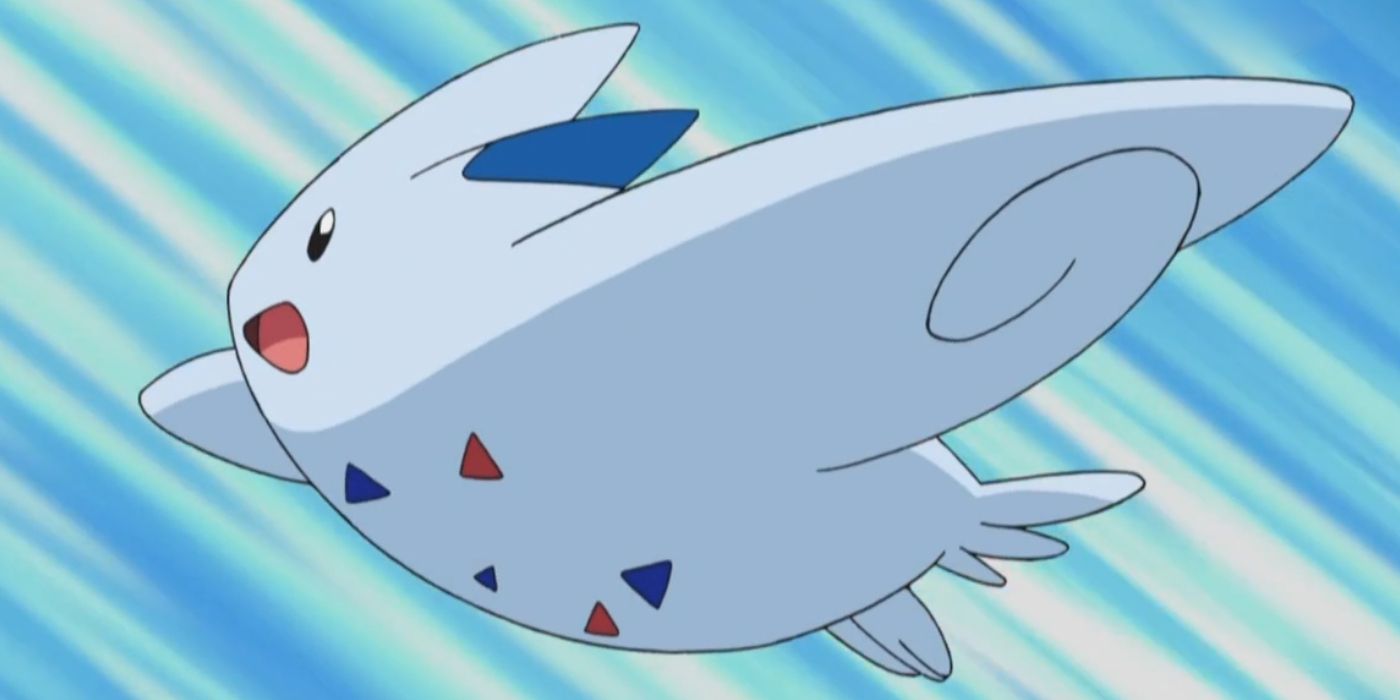
Sure, it might just be a flying puffball with what looks like confetti on its soft underbelly, but Togekiss can be a fearsome opponent in battle. Introduced in Generation IV as Togepi's final evolution, Togekiss was originally a Normal/Flying-type, until the introduction of Fairy type in Generation VI, when it became a Fairy/Flying-type.
This type change only bolstered Togekiss' already strong case for occupying a slot on trainers' teams. With high Special Attack and Special Defense coupled with a few possible powerful abilities (most notably Serene Grace), Togekiss could easily serve as a bulky attacker, status healer or tank. It remained a competitive fixture for several generations, though it did have a slight drop off in Generation VII.
10 Avoid: Shieldon
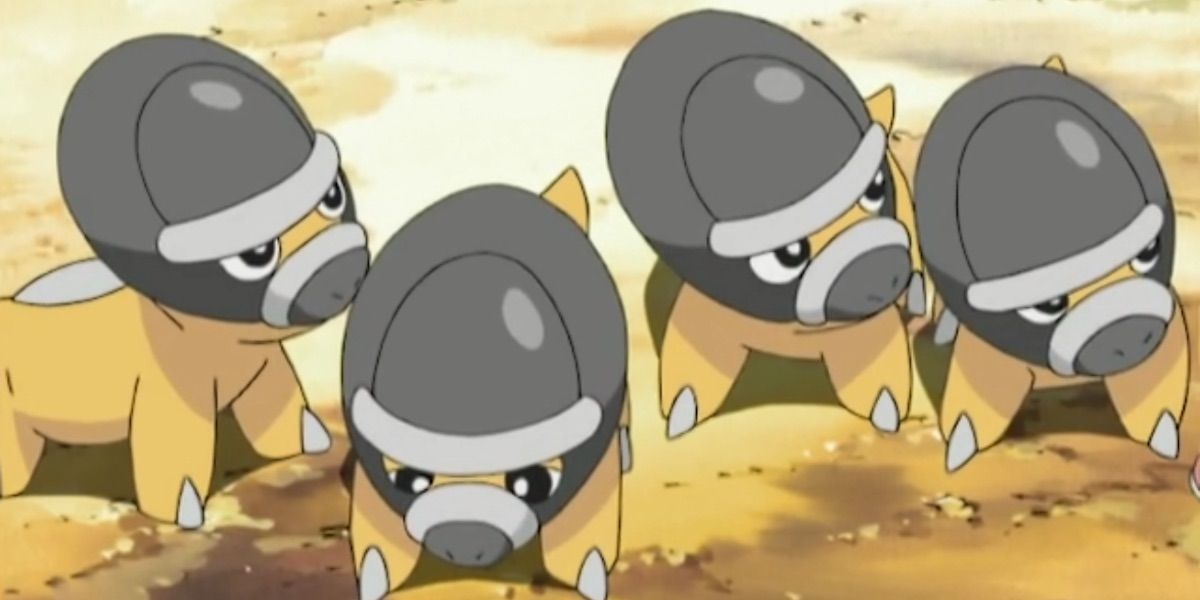
The choice between the two Gen IV fossil Pokémon, Shieldon and Cranidos, is essentially the choice between defense and offense. While ordinarily there's no saying which is the categorically better strategy in Pokémon, in this case the correct answer was definitely offense. Shieldon and its evolution Bastiodon are tanks through and through, with immense defensive stats.
They are somewhat boring to play, as inexperienced players would likely be stymied by the lack of any real attacks.
Likewise, competitive players know to avoid Bastiodon because it just isn't that useful at the higher levels of battle. If neither inexperienced nor experienced players like it, what use does it have?
9 Underrated: Croagunk
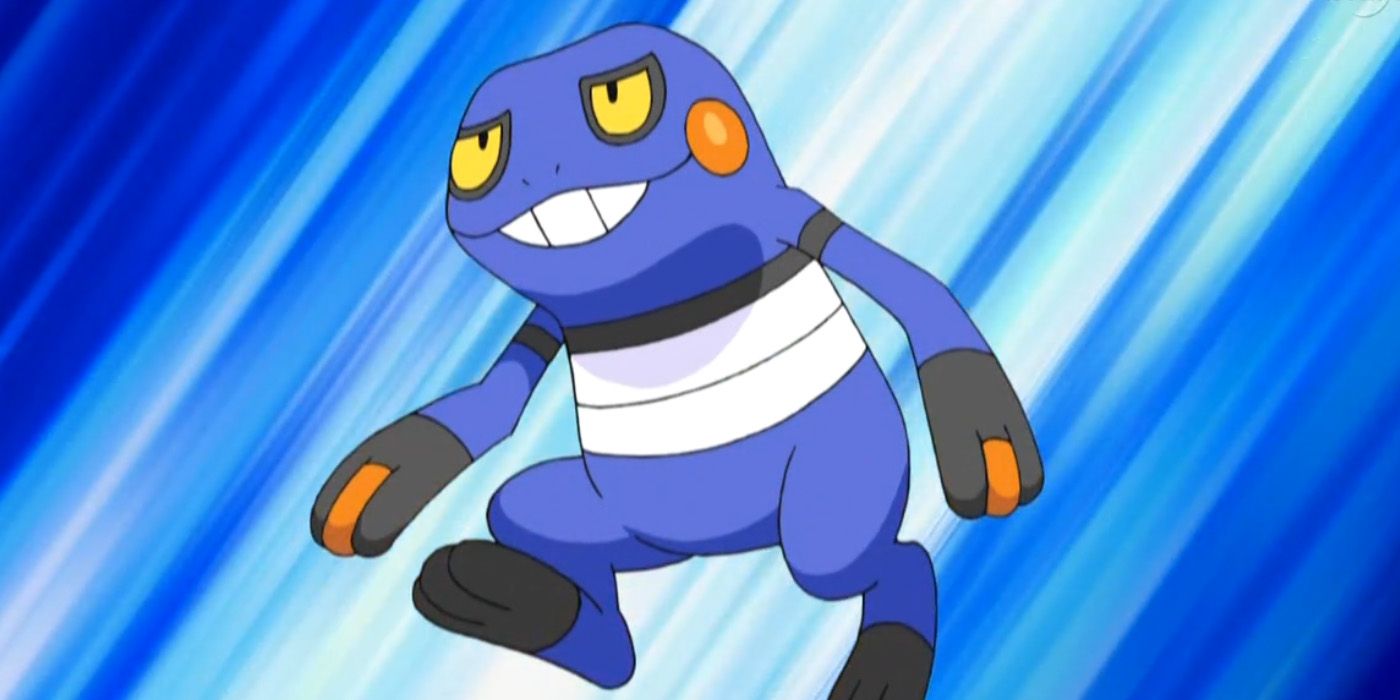
Croagunk may not be as cute as some of the other Pokémon on this list, but you shouldn't underestimate it because of its looks. Evolving into Toxicroak at level 37, Croagunk surpasses many Poison-type Pokémon thanks to its type combination (Poison/Fighting) and its unique mix of potential abilities.
With Dry Skin, Toxicroak becomes immune to Water-type attacks, and with Poison Touch, it can inflict poison on foes with any contact attack it has. It may not have much bulk, but Croagunk can be surprisingly effective in battle, as it fills a few different useful niches. Toxicroak is by no means a force to be reckoned with, but it has been underrated ever since it came out in Gen IV.
8 Avoid: Burmy
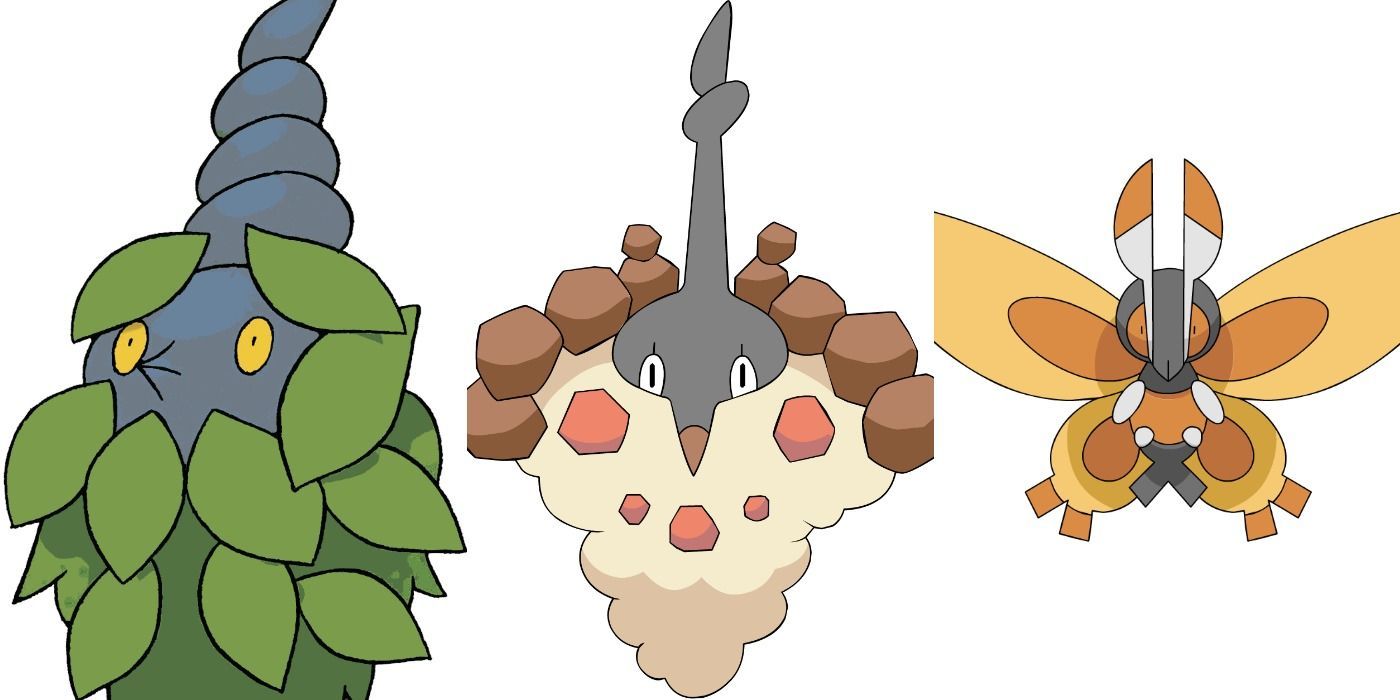
Bug Pokémon are very rarely a sound investment of a Pokémon trainer's time, as each new generation of games seems to bring a new batch of weak bugs to catch. Burmy is no exception, despite the fact that it has two possible evolutions.
The problem is, neither of its evolutions are any good.
Burmy can evolve into either Wormadam or Mothim, and despite the variety of possible type combinations (Wormadam even has variant forms, covering Bug/Steel, Bug/Ground, and Bug/Grass) none of the types are any real help in battle. Whether the player chooses to go more defensive with a female Burmy evolving into Wormadam or more offensive with a male Burmy evolving into Mothim, there just isn't any way Burmy is worth a spot on your team.
7 Underrated: Cranidos
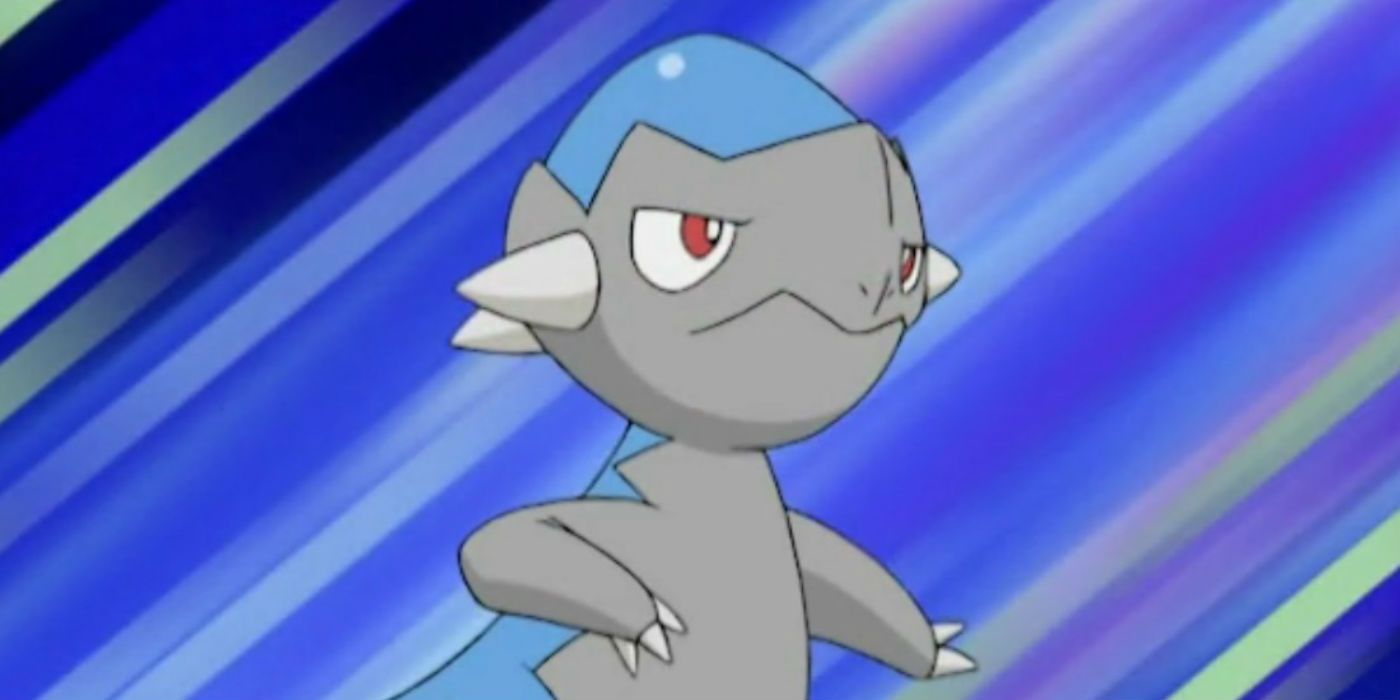
One of the two fossil Pokémon available in Pokémon Diamond, Pearl, and Platinum, it might not seem like Cranidos has any obvious advantage over its more defensively minded counterpart, Shieldon. But that isn't the case, as Cranidos' evolution Rampardos just has more utility than Shieldon's evolved form Bastiodon.
While Rock-type Pokémon tend to have high defensive stats, Rock itself isn't the best defensive type, having several weaknesses. Rock actually works better for offensive Pokémon, and Rampardos' fearsome Attack stat allows it to eviscerate unprepared teams. It may not appear in many competitive teams, but Rampardos clearly gets the edge over its rival Bastiodon. When it uses a move like Head Smash, there are a lot of Pokémon that will get taken out by Rampardos in just one blow.
6 Avoid: Kricketot
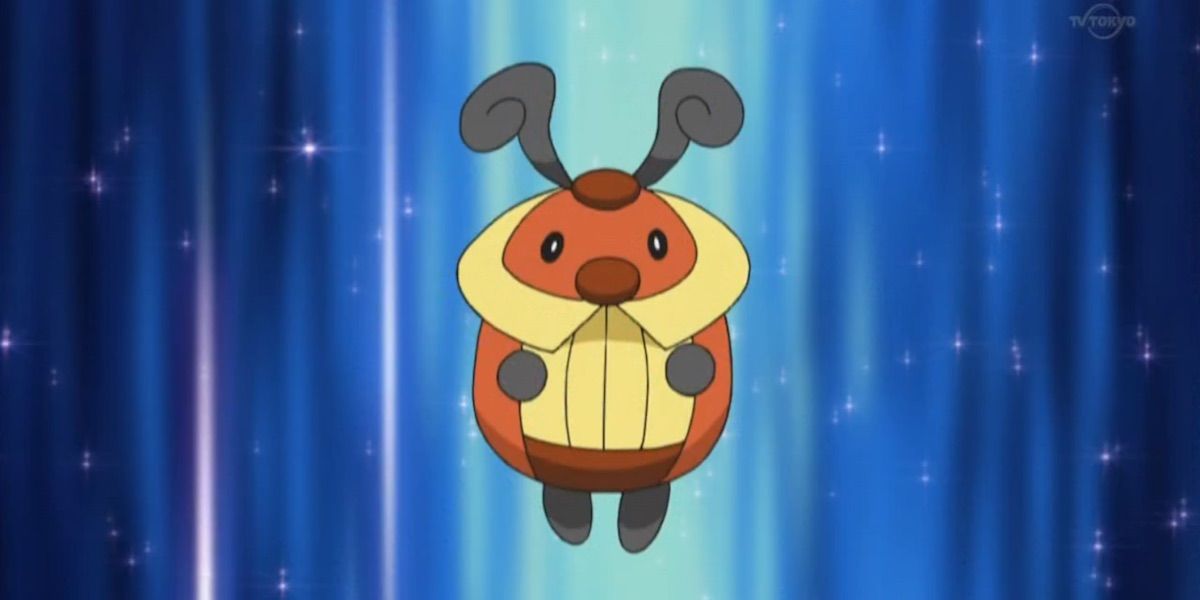
Much like Burmy, and many, many other Bug-Type Pokémon, Kricketot is fun for a few levels and best discarded for a more powerful Pokémon as soon as the trainer is able.
Kricketot is a textbook weak bug.
Its evolution, Kricketune, boasts a mediocre Attack stat, and that's pretty much the nicest thing we can say about it. Kricketune's base stat totals are laughably low, so while you might get taken in by Kricketot's cute little maestro aesthetic, you should know there's no light at the end of the tunnel in terms of combat strength. Kricketune seems more like a middle evolution than a final one, as it just can't keep up with any kind of competition.
5 Underrated: Gliscor
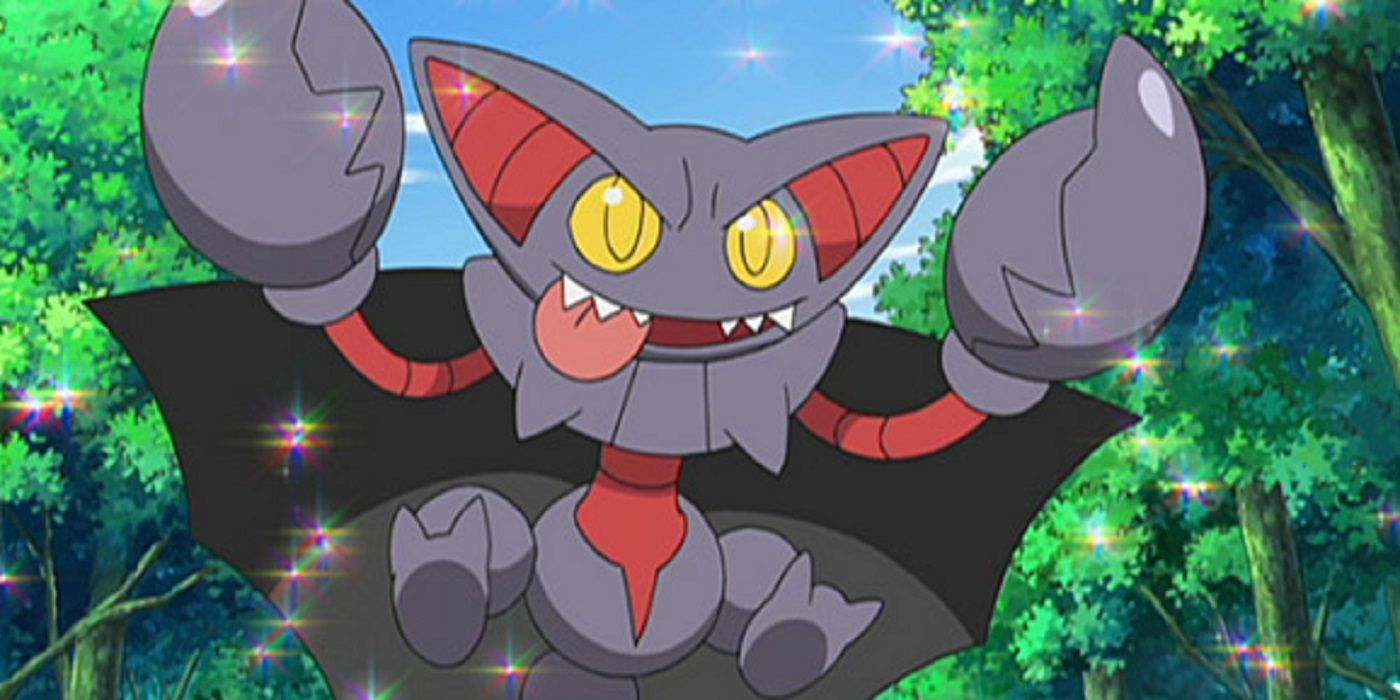
Like a few others on this list, Gliscor is the evolution for a Pokémon from a previous generation. Players might overlook these Pokémon thanks to the relative weakness of their unevolved forms in earlier games, but they shouldn't underestimate Gliscor's prowess in battle.
Aside from a crippling weakness to Ice-type moves, Gliscor is a solid defensive addition to a team, boasting several useful moves in competitive play. This, combined with Gliscor's hidden ability Poison Heal, make it a physical tank to be reckoned with when a trainer knows how to use it. Gligar might not have been too notable when it first debuted, but its Gen IV upgrade is.
4 Avoid: Combee
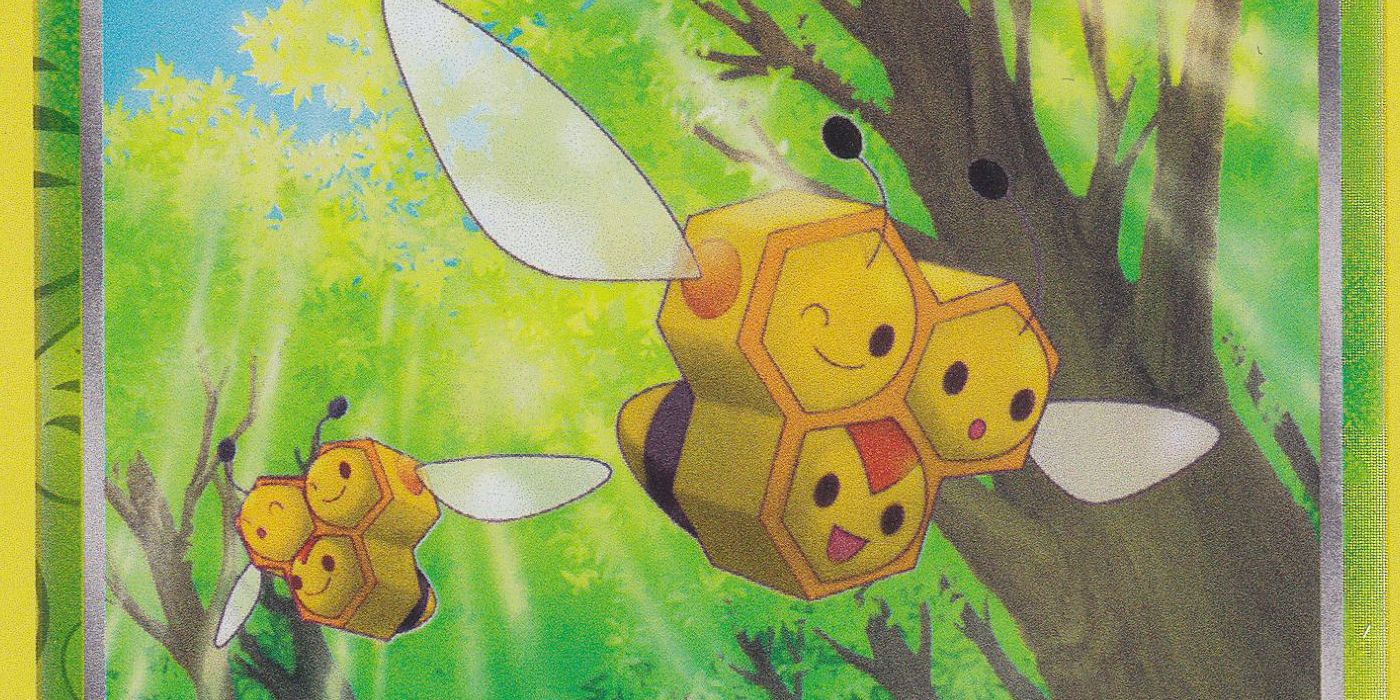
Certain Pokémon are a special kind of irritation: not only are they difficult to evolve, they aren't great once they do. The adorable Combee falls into this category, as only certain Combee are able to evolve at all. Male Combee (making up 87.5% of the species) don't evolve, meaning if trainers want to get Combee's evolved form, Vespiquen, they have to patiently seek out a female Combee.
Even for the trainers who managed to evolve their Combee, the result is disappointing.
Vespiquen is not a great Pokémon, boasting a mediocre base stat total spread mostly on merely adequate defenses. Therefore, Combee really just isn't worth the effort. Only trainers intent on filling out their Pokédex should bother.
3 Underrated: Spiritomb
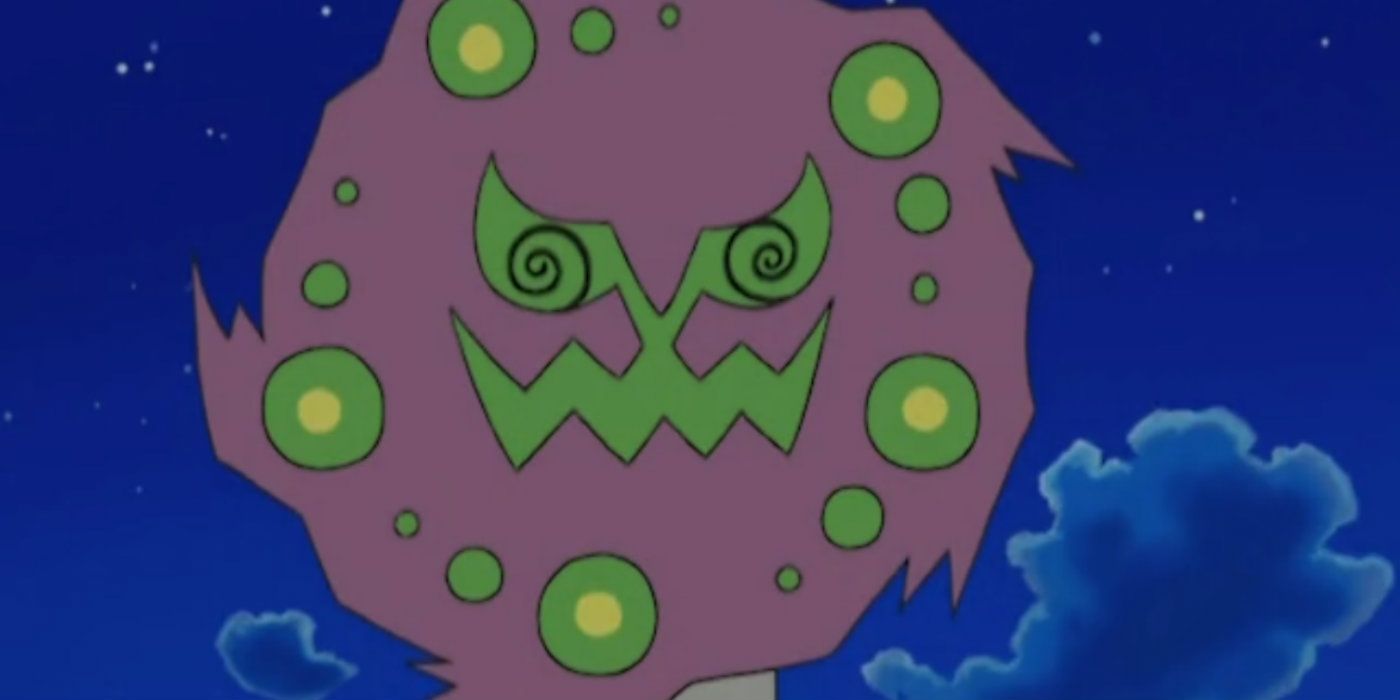
Don't get put off by the spooky face; Spiritomb can be a huge help to any player. Found in the Hallowed Tower in Pokémon Diamond, Pearl, and Platinum, Spiritomb is a defensive Pokémon that possesses the coveted Dark/Ghost typing, meaning that in its original games, it had absolutely zero type weaknesses.
Eventually, with Generation VI, Fairy type was introduced and Spiritomb did gain a weakness. But one weakness and three immunities (Psychic, Normal, and Fighting-type moves) still make Spiritomb an annoying defensive presence to this day. Trainers in Generation IV couldn't go wrong with this one, especially if they needed a Pokémon that could really take any hit the game could throw at it.
2 Avoid: Phione
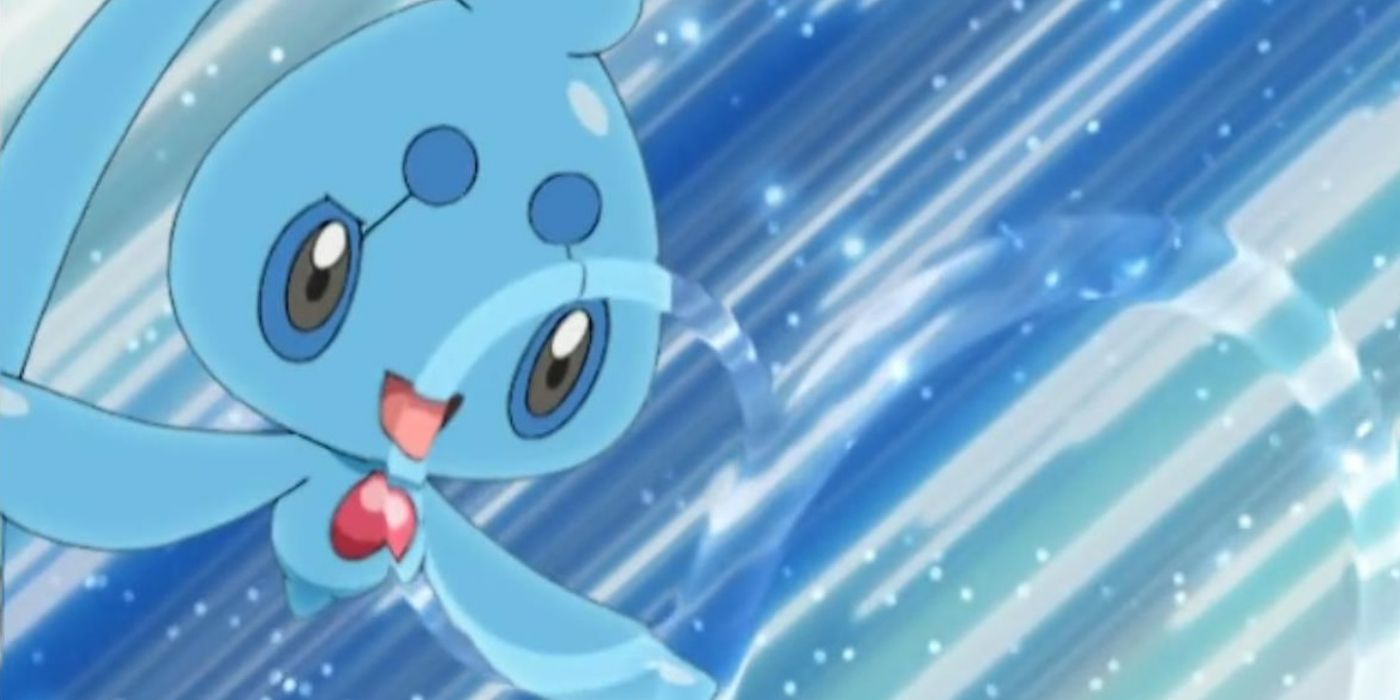
It should show you just how many legendary Pokémon were introduced in Generation IV that there are two different ones that end up on the negative category of this list.
Phione joins Regigigas here mainly because it is an obviously weaker form of another legendary Pokémon, Manaphy.
Manaphy is a decently strong Pokémon, boasting a few moves that can make it a powerful attacker. Phione, on the other hand, has very weak stats-- lower than most fully evolved standard Pokémon, let alone the legendaries. Considering players have to breed a Manaphy with a Ditto to get Phione and Phione itself can't evolve, there's really no redeeming quality here. If you like Manaphy but wish it was slightly smaller and much worse in battle, Phione is the Pokémon for you.
1 Underrated: Rotom
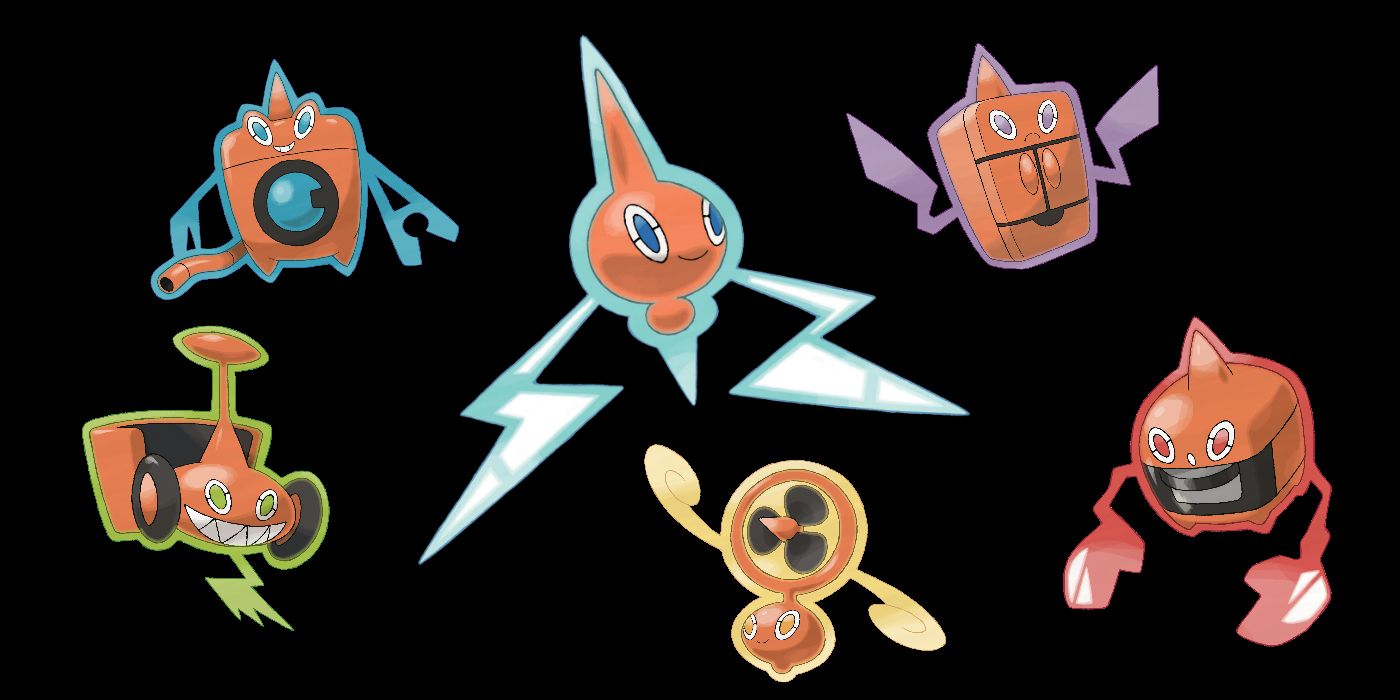
Rotom might seem like a gimmick Pokémon, given that it can transform into a variety of forms reminiscent of household appliances. Its stat line might also seem a little low, but Rotom's sheer versatility makes it one of the most useful Pokémon trainers can catch in Pokémon Diamond, Pearl, and Platinum.
Granted, some Rotom forms aren't as powerful as others (Wash Rotom, an Electric/Water-type, is much better than Frost Rotom, an Electric/Ice-type, and so on), but the sheer type coverage Rotom can bring to a battle makes it a must-get in Generation IV. Plus, just look at the little guy. We challenge you to find a cuter microwave oven than this!
---
What's your favorite Generation IV Pokémon? Let us know in the comments!
from ScreenRant - Feed https://ift.tt/2MRAn0C

0 Comments